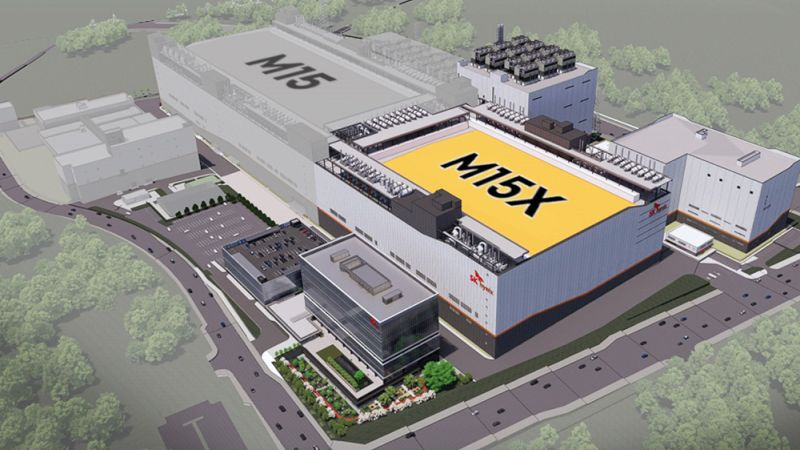Prices for enterprise SSDs have recently increased by 80% as they are in demand in artificial intelligence systems. SK hynix and its Solidigm division, formed on the basis of the former Chinese enterprise Intel, are going to increase production volumes of 3D NAND memory for enterprise solid-state drives.

Image Source: SK Hynix
Companies are ready to give priority to the production of QLC 3D NAND memory, on the basis of which high-capacity solid-state drives will be manufactured for corporate systems. According to industry sources cited by The Chosun Daily, SK hynix has begun gradually increasing silicon wafer processing capacity at its M15 facility in Cheongju, aiming to increase line throughput by 10% by the end of the year. Strong demand for enterprise SSDs allowed Solidigm to complete the second quarter without a loss, and now it expects to increase solid-state memory production volumes by 5% by the beginning of next year.
The need for artificial intelligence systems for high-speed, large-capacity storage devices is due to the fact that in their work they create “rollback points”, which allow them to return to a certain state in the event of any operational failures. In addition, artificial intelligence systems tend to process large amounts of data, so the demand for SSDs on their part is growing. According to TrendForce forecasts, in the next few years the demand for SSDs will grow by an average of 60% annually due to the development of AI systems.
QLC 3D NAND memory is ideal for use in high-capacity SSDs in AI systems because each cell can store four bits of data, allowing for high storage density at low power consumption. High-capacity drives based on QLC 3D NAND are currently produced only by Samsung Electronics and Solidigm, with the latter considered the leader in the 60 TB drive segment. Its controllers also do not have any special problems in terms of compatibility with the server infrastructure. SK hynix plans to release QLC drives with a capacity of 64 TB and 128 TB, respectively, next year. The company expects to become one of the leaders in the segment and next year will receive up to half of its revenue from NAND sales from products sold in the corporate segment.